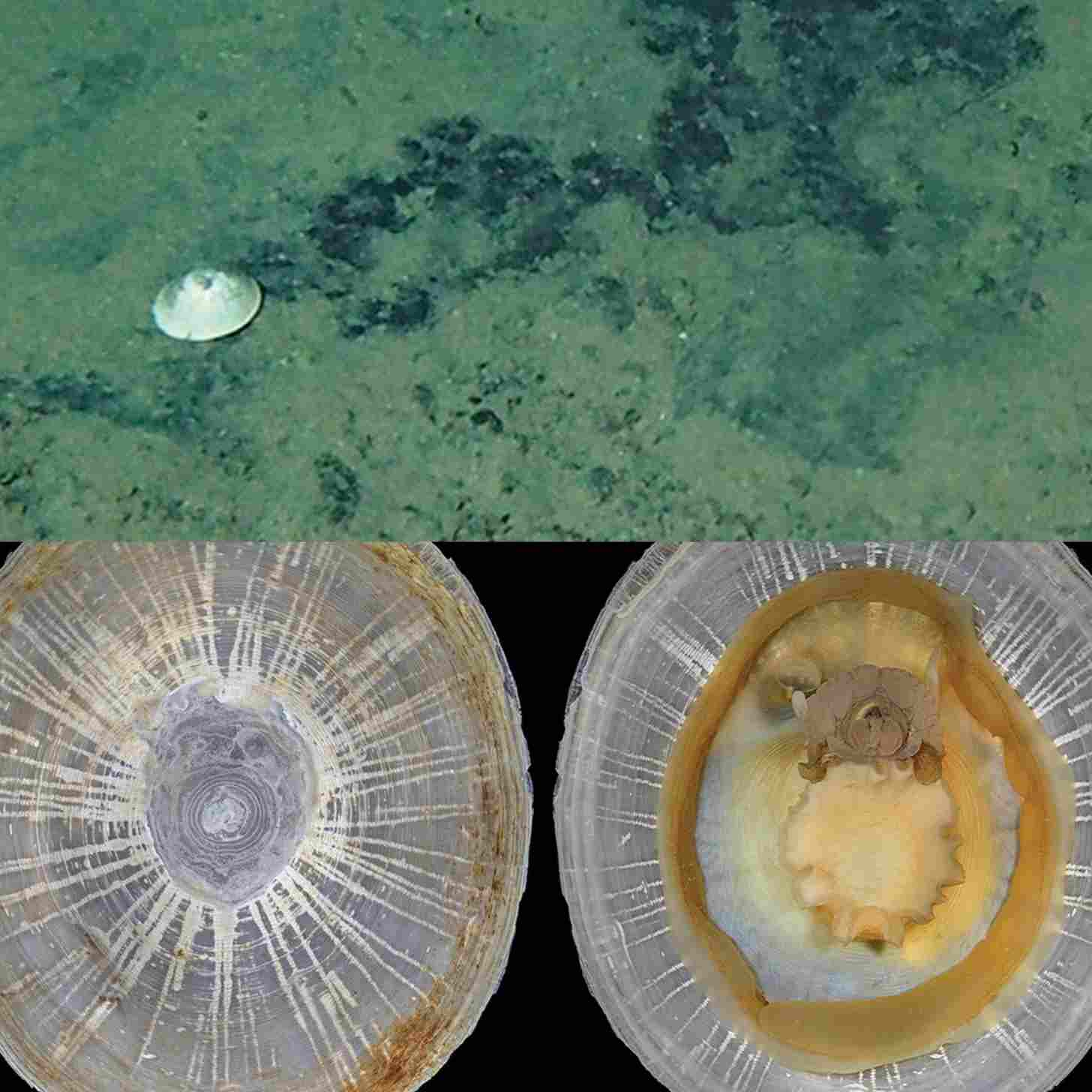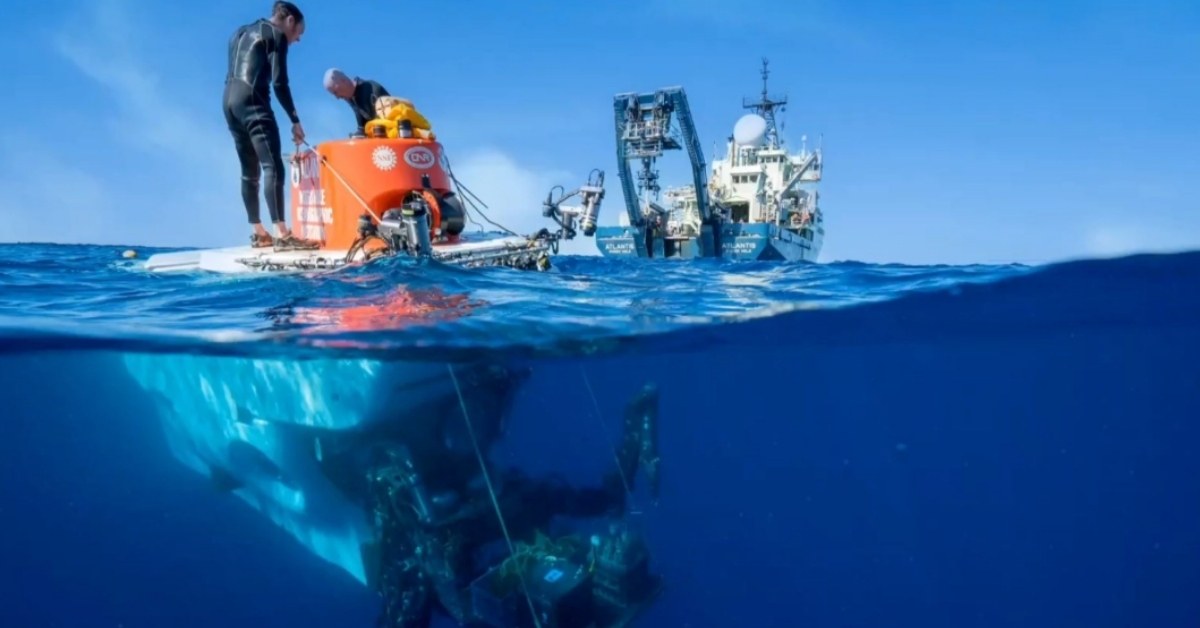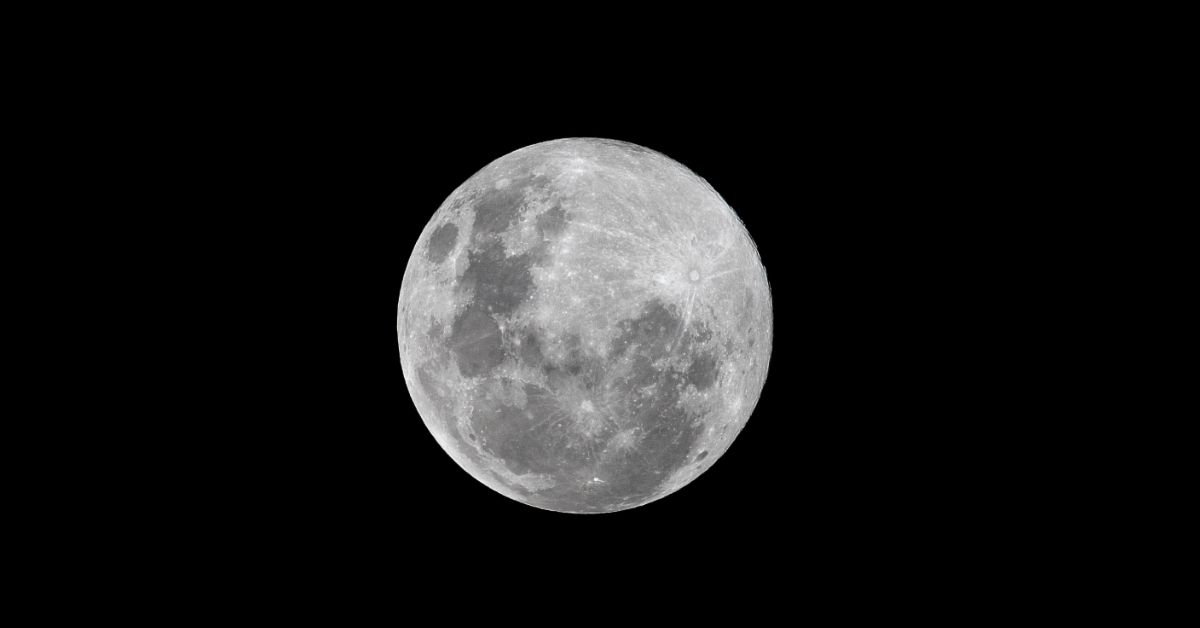About 310 miles off the coast of Tokyo, Japan, a small team of researchers from the Japan Agency for Marine-Earth Science and Technology recently squeezed into a deep-sea submersible and dove deep below the ocean’s surface.
It was there, 5,922 meters below sea level, that the marine researchers zeroed in on a pale sea creature that had almost slipped past their vision completely.
It was a limpet, an aquatic sea snail.
It may look unassuming at first glance, but this sea snail was unusually large for its size, with a shell length of “40.5 mm.” By comparison, most limpets are roughly half that size.
“Our new species is most similar to B. linseae from the Weddell Sea, but can be distinguished by its much more developed second lateral and marginal teeth, as well as a larger size,” wrote lead author, Dr. Chong Chen, for the journal Zoosystematics and Evolution.
Previously, only two species of sea snails from that genus (Bathylepta) had been discovered, but they had been discovered thousands of miles away from Japan’s shores — in Antarctica and Chile, respectively.
The limpet had also ventured far deeper than scientists had thought possible, withstanding freezing deep-sea temperatures and a crushing pressure that was nearly 600 times greater than the pressure at sea level.
“Our finding not only extends the distribution of this enigmatic limpet genus to Japan but also marks the deepest bathymetric record for the entire [species family of] Patellogastropoda,” Chen and his colleagues noted.

In a press release, Chen said that the new species may have been overlooked completely if the submersible had been operated remotely.
“Even in an age of sophisticated remotely operated vehicles, there’s often an edge to the human eye on the seafloor,” Chen explained.
“Crewed submersibles like Shinkai 6500 let us explore with intention and nuance — spotting lifeforms like Bathylepeta wadatsumi that might otherwise be missed entirely.”
Also known as “ecosystem engineers,” limpets are crucial to marine health. By grazing on algae, they prevent overgrowth and clear the way for smaller organisms like barnacles to thrive.
The researchers named the deep-sea limpet B. Wadatsumi, with two references in mind.
It’s both a nod to Wadatsumi, an ancient sea god of Japanese folklore, and Large Monk Wadatsumi, a “fish-man” character from the popular manga series “One Piece,” which has been running for 28 years.
After thanking the captain and crew of the SHINKAI 6500, which supported the deep-sea submersible “Yokosuka,” the researchers even made an official acknowledgement to the manga artist who inspired the namesake for the deep-sea species.
“We also take this opportunity to salute Eiichiro Oda for continuing to chart the epic voyage of ‘One Piece,’” Chen and his colleagues wrote, “which reminds us that the greatest voyages are driven by freedom, camaraderie, and an insatiable thirst for discovery.”
Header image: Credit: Luis Lamar/Woods Hole Oceanographic Institution



